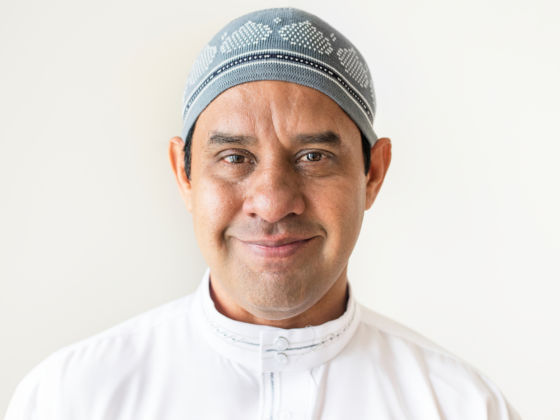The negative perception of Muslim-Americans in the media is completely inaccurate.
As an American, most of what I knew about Muslim-Americans before I met my husband was through the negative influence of the media, and its widespread belief that this demographic was dangerous and anti-American. I knew not all Muslims-Americans were bad, but it was only since I had a personal connection with one that I began to understand how wrong the media really was.
In a Gallup Poll, it shows that Muslim Americans are less likely to agree with killing civilians than any other religious group within the country. In a survey conducted on the 10th anniversary of 9/11, Muslim Americans stated that their religious leaders were not doing enough to stop violence by Islamic extremists.
